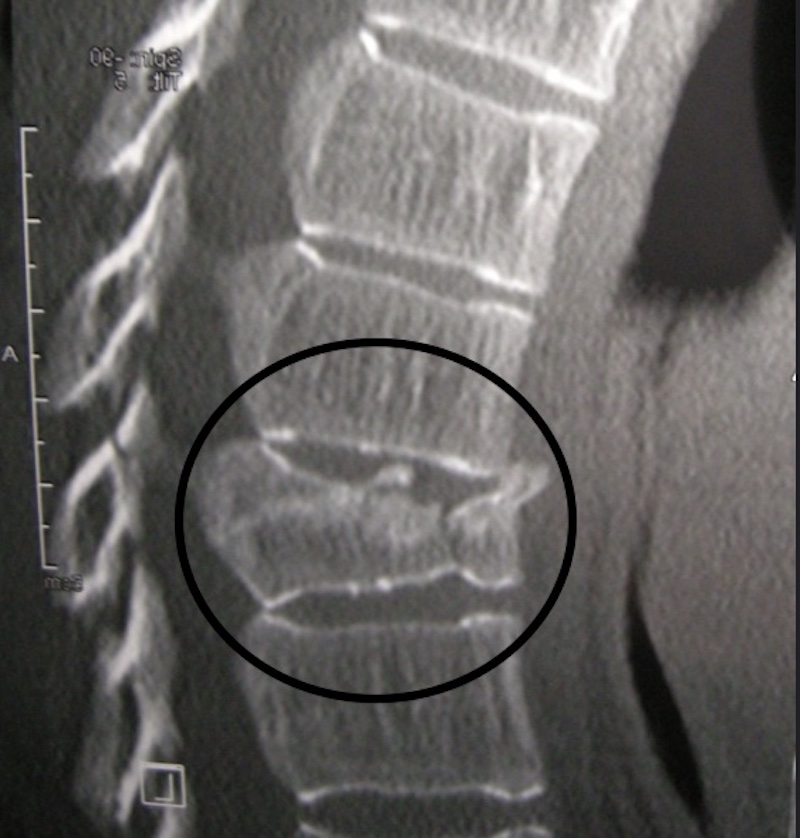Osteoporosis
Timely identification of vertebral compression fractures to promote early treatment interventions.
Modality:
CT first, then x-ray, then MRI.
Pathology:
Vertebral compression fractures (spine)
Status:
Current

CSC Lead: Elise
Clinical lead: Davina Mak
Introduction
Osteoporosis is easily treatable if identified, but can lead to complex fractures at other sites if undiagnosed, especially in the hip where mortality is over 50% at 12 months over the age of 80. Currently, 70% of vertebral compression fractures are undiagnosed although they are the most common osteoporotic fracture. This project would work in conjunction with the current fracture liaison service quality improvement project.
Rationale
Among patients with vertebral compression fractures, 77% of scans are accurately identified, and 43% recommend referrals. Both of these metrics could be improved with the use of AI tools. A timely identification of vertebral compression fractures which indicate osteoporosis allows the clinicians to refer the patient for osteoporosis treatment.
Training data
Clinical datasets are available (CT, MRI, x-rays). Imaging usually performed for other indications with incidental findings of vertebral compression fractures.
Goals
Increased rates of identification and treatment referrals after identification to reduce occurrence of complex fractures in other sites.